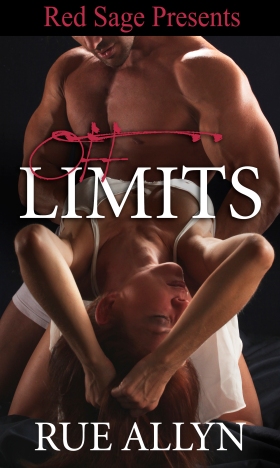 A fellow author asked recently what the difference is between voice and style–a questions many authors (and readers) struggle with.I use music [specifically vocal music] to distinguish between ‘Voice’ and ‘Style’.
A fellow author asked recently what the difference is between voice and style–a questions many authors (and readers) struggle with.I use music [specifically vocal music] to distinguish between ‘Voice’ and ‘Style’.
Voice is a unique and recognizable combination of tone, pitch, timber and resonance. [I’m certain musicians have a more technical definition.] For example, if you think of the song “The First Time, Ever I Saw Your Face” as sung by both Roberta Flack and Celine Dion the voices are absolutely distinct. The song (and it’s style) is almost exactly the same. However, you cannot mistake which voice is singing when you hear it.
Style may, or may not be unique, but is made up mostly of the artist’s technical choices in things like pace, volume, tonal combinations (chords in multi-voice groups, runs, trills etc. for soloists), and arrangement (which notes are placed where, which octaves are selected etc.). Consider the differences between musical styles like jazz, ragtime, blues, gospel etc. Two individual singers can create radically different versions of the same song not only because of each singer’s unique voice, but also because of the ‘stylistic’ choices the vocalist makes. Further, an artist may change his/her style but cannot change his/her voice (not without considerable effort and expertise).
An author’s ‘voice’ is similar to a vocalist’s in that no two authors will develop the same story idea in the same way. The voice is most evident when a work is read aloud, but still very present when read silently. Authorial voice resembles authorial style in that the tools used to create a unique voice and a unique style are similar—pacing, tone, word choice, volume. However, I could—for example—write in the style of Hemingway, Shakespeare, Fitzgerald, Margaret Mitchell, Charlotte Bronte etc. Yet any story I wrote in another author’s style or the style of another age would always be written in my own voice.
One caution. The terms ‘Voice’ and ‘Style’ are also used to identify specific grammatical structures and practices that have little to do with an individual’s ‘authorial voice and style.’ Be absolutely clear when using these two terms that your audience understands which type of ‘voice’ or ‘style’ you are referring to.
An example that illustrates the points above is my erotic romance Off Limits. I wanted to write a story that resembled O’Henry’s Gift of the Magi, one of my favorite love stories. However, I am not O’Henry. I am Rue Allyn and despite similarities of sacrifices exchanged in the name of love, no one would ever mistake Off Limits for The Gift of the Magi or my voice and style for O’Henry’s.
Here’s a short blurb about Off Limits and a link to more information about the book. For Senior Chief Hank O’Mara no woman  could compare with the sea until he met Lieutenant Bethany Morton. Only the sea could draw two passionate people of such opposite backgrounds together, and only US Navy regulations could keep them apart. Because fraternization between Officer and enlisted is forbidden, both Beth and Hank do their utmost to resist the passion and love growing between them. However, love proves stronger than either the sea or the USN. If they are to be together, Hank must sacrifice his career, and Beth will risk the destruction of her professional dreams.
could compare with the sea until he met Lieutenant Bethany Morton. Only the sea could draw two passionate people of such opposite backgrounds together, and only US Navy regulations could keep them apart. Because fraternization between Officer and enlisted is forbidden, both Beth and Hank do their utmost to resist the passion and love growing between them. However, love proves stronger than either the sea or the USN. If they are to be together, Hank must sacrifice his career, and Beth will risk the destruction of her professional dreams.
Click here for more about Off Limits http://rueallyn.com/2b1OLexcerpt.html, or buy the book at http://www.amazon.com/Rue-Allyn/e/B00AUBF3NI.
Please leave a comment and share your thoughts about voice and style in the stories you read and/or write. Your comments are my greatest reward. Feel free to share the link to this article with your reader and author friends.
